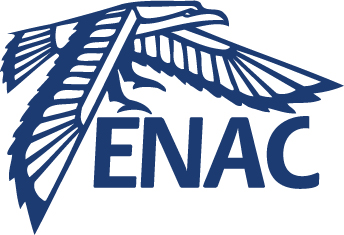DME/TACAN Multipath Impact on GNSS L5/E5a Airborne Receivers Part I: C/N0 Degradation Model
Résumé
This article is the first part of a two-part manuscript addressing the DME/TACAN multipath (MP) impact on the future airborne GNSS Dual-Frequency Multi-Constellation (DFMC) GNSS L5/E5a receiver. GNSS L5/E5a signals and DME/TACAN pulsed signals share the same Aeronautical Radionavigation Service frequency band with consequent interference. The interference is characterized in civil aviation standards by the GNSS signal C/N0 degradation model at the DFMC correlator input. This model assumes the presence of a temporal blanker at the DMFC Radio-Frequency Front-End block output to mitigate the DME/TACAN pulsed signals. It relies on the definition of the above blanker pulse width (pweq) and the below blanker equivalent pulse width (PWeq). However, this model did not consider the presence of DME/TACAN pulsed signals MP. Therefore, the objective of this paper is to propose two revised version of the C/N0 degradation model, the statistical and the fixed environment models, where the impact of the DME/TACAN MP is accounted for by an updated formula of pweq and PWeq. The MP modeling is especially important at low altitude where data measurement campaigns have highlighted the MP impact on the temporal blanker. Both models are designed to cover different needs: the statistical model is a low complexity model completely defined by closed-form formulas designed for standardization purposes, and the fixed environment model is a high complexity model able to provide the C/N0 degradation for any specific set of DME/TACAN signal conditions, which is used in this work to inspect the limitations of the statistical model.
Fichier principal
 DME TACAN Multipath Impact on GNSS L5 E5a Airborne Receivers Part I CN0 degradation Model - HAL.pdf (1.41 Mo)
Télécharger le fichier
DME TACAN Multipath Impact on GNSS L5 E5a Airborne Receivers Part I CN0 degradation Model - HAL.pdf (1.41 Mo)
Télécharger le fichier
| Origine | Fichiers produits par l'(les) auteur(s) |
|---|
